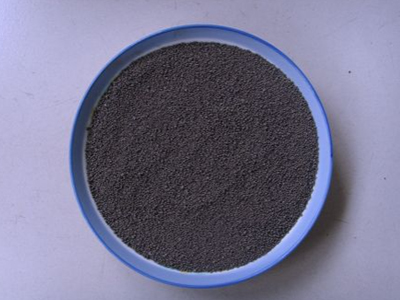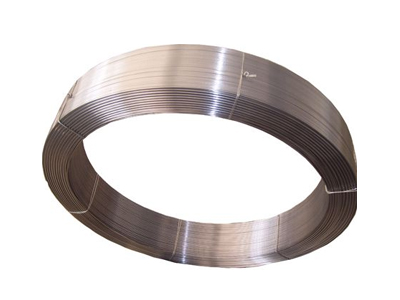If you look at a list of brazing filler metals, you will notice many compositions and various melting temperatures. The melting characteristics of solder are an important aspect of solder selection. Here is a brief overview of how alloys melt and how to use this information to make the best choice. China welding kit manufacturer shares with you.
The elements melt at a single temperature. For example, silver melts at 1761°F (961°C) and copper melts at 1981°F (1083°C). To produce brazing filler metals, we combine two or more elements into alloys. This new alloy has different melting characteristics from the base element. The alloy begins to melt at a temperature called the solidus and does not completely melt until it reaches a second higher temperature, the liquidus.
The solidus line is the highest temperature at which the alloy solidifies-the place where melting begins. The liquidus is the temperature at which the alloy completely melts. At the temperature between the solidus and liquidus, the alloy is partly solid and partly liquid. The difference between the solidus and liquidus is called the melting range.

Sintered Flux
The melting range is a useful indicator to measure the melting speed of the alloy.
Alloys with a narrow melting range flow faster and have lower temperatures. This allows you to braze faster and generally increases output.
Narrow melting point alloys require a fairly close gap between the base metal parts (usually 0.002"–0.006" is recommended).
We mentioned that between the solidus and liquidus, the filling metal part is liquid and the part is solid. This melting range condition is sometimes referred to as the "plastic range" or "mushy state". Although not valid technical terms, they indicate that these alloys are more suitable for filling wider gaps, or "capping" finished joints.
Although it helps to bridge the gap, slowly heating an alloy with a wide melting point range can cause so-called liquefaction. A long heating cycle may cause some elements to separate. The low melting point components first separate and flow, and then the higher melting components remain.

Stainless Steel Submerged Arc Wire
Liquefaction problems often occur in furnace brazing, because the extended heating time required to bring the part to the brazing temperature may promote this situation. You should choose a filler metal with a narrow melting range for this application.
Liquidus refers to the temperature at which the alloy completely melts. However, even alloys with a wide range of melting points will melt quickly if they are used near the liquidus. The best capillary action and the strongest brazing connection require tight gaps between the base metal parts. In view of this, it is best to maintain the recommended gap and brazing near liquidus temperature.
Silver is often added to help lower the melting temperature. Many low melting point alloys contain higher silver content, which increases costs accordingly. With the correct brazing procedure, you can usually successfully use a wider melting range or higher melting alloy composition.









